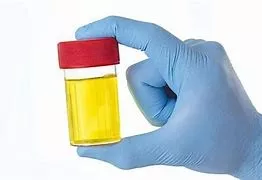
Color chart
-
Colors explained
FAQ
Summary
Urine color changes from clear to orange with your hydration level but may also change due to food pigments or medications. Specific colors may indicate a condition that needs medical attention.
Doctors refer to the standard color of your urine as "urochrome." Urine naturally carries a yellow pigment. When you stay hydrated, your urine will be light yellow and close to clear.
If you're dehydrated, your urine may become deep amber or light brown.
Sometimes, your urine color can indicate a health condition you must address.
Urine color chart
The following is a summary of different urine colors and what they mean. More detail follows below.
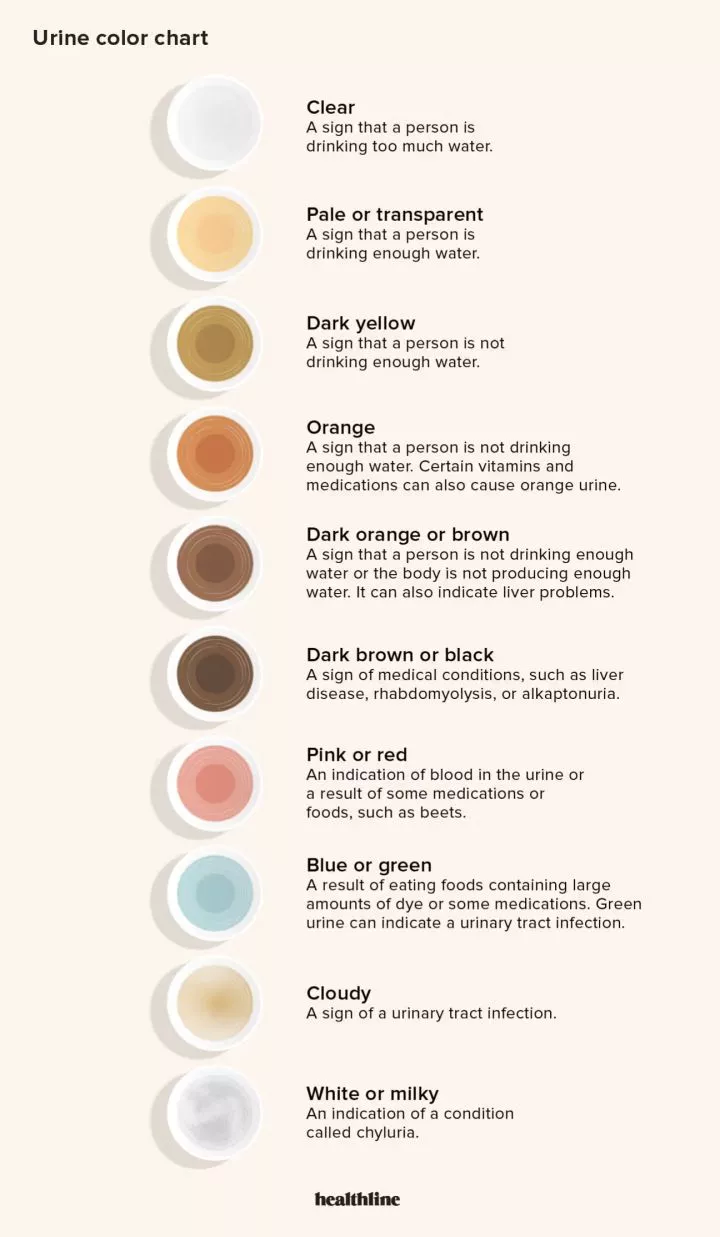
Urine colors
Urine colors vary depending on what you eat, your medications, and how much water you drink. Many of these colors fall on the spectrum of what "typical" urine can look like, but there are cases where unusual urine colors may be a cause for concern.
Clear urine
Clear urine indicates that you're drinking more than the daily recommended amount of water.
While being hydrated is good, drinking too much water can deplete your body's electrolytes. Urine that occasionally looks clear is no reason to panic, but urine that's always clear could indicate that you need to cut back on your water intake.
Clear urine can also indicate liver problems like cirrhosis and viral hepatitis. If you're not consuming large amounts of water and have ongoing clear urine, you should talk with a doctor and get your urine tested.
Yellowish to amber urine
"Typical" urine color falls from light yellow to a deeper amber color. The urochrome pigment naturally in your urine becomes more diluted as you drink water.
Urochrome breaks down hemoglobin, the protein that carries oxygen in your red blood cells. In most situations, the color of your urine depends on how diluted this pigment is.
Having a lot of B vitamins in your bloodstream can also cause urine to appear neon yellow.
Red or pink urine
Foods: Urine may look red or pink if you eat fruits with naturally deep pink or magenta pigments, like beets, rhubarb, or blueberries.
Medical conditions: While red or pink urine might be from something you ate recently, there are sometimes other causes. Some health conditions can cause blood to appear in your urine, a symptom known as hematuria, including urinary tract infection, enlarged prostate, kidney stones, and tumors in the bladder and kidney.
Medications: Medications that may turn your urine a reddish or pink hue include senna or senna-containing laxatives, phenazopyridine (Pyridium), the antibiotic rifampinTrusted Source (Rifadin), and certain cancer drugs like anthracyclines.
Speak with a doctor if you're ever concerned about blood in your urine.
Orange urine
The following things can cause your urine to look orange or light brown:
Dehydration: If your urine appears orange, it could be a symptom of dehydration.
Medical conditions: If you have orange urine and light-colored stools, bile may be getting into your bloodstream because of issues with your bile ducts or liver. Adult-onset jaundice can also cause orange urine.
Medications: Medications that can cause your urine to look orange may include phenazopyridine (Pyridium), the anti-inflammatory drug sulfasalazine (Azulfidine), and chemotherapy drugs.
Blue or green urine
Blue urine is rare and most likely connected to something in your diet.
Food: Food coloring, especially methylene blue, found in many types of candy and medications, can cause blue or green urine.
Medications: Medications that can cause blue or green urine includeTrusted Source cimetidine (Tagamet), amitriptyline, indomethacin (Indocin), promethazine (Phenergan), and vitamin B supplements.
Medical procedures: It can also result from dyes in medical tests performed on your kidneys or bladder.
Medical conditions: The Pseudomonas aeruginosa bacterial infection can also cause your urine to turn blue, green, or indigo purple.
A condition called familial benign hypercalcemia can also cause blue or green urine. Low to moderate calcium levels may appear in your urine and change color when you have this condition. Many people with this genetic condition don't have symptoms that they notice.
Dark brown urine
Dark brown urine often indicates dehydration. It can also occur due to:
Medications: Dark brown urine can also be a side effectTrusted Source of certain medications, including metronidazole (Flagyl) and nitrofurantoin (Furadantin), chloroquine (Aralen), cascara or senna-based laxatives, and methocarbamol.
Foods: Eating large amounts of rhubarb, aloe, or fava beans can cause dark brown urine.
Medical conditions: Brown, tea-colored urine could be a symptom of rhabdomyolysis, a serious medical condition caused by a breakdown of muscle tissue. A condition called porphyria can cause a buildup of the natural chemicals in your bloodstream and cause rusty or brown urine. Dark brown urine can also indicate liver disease, as it can be caused by bile getting into your urine.
Exercise: Intense physical activity, especially running, can cause dark brown urine, known as exertional hematuria. This isn't considered unusual. When your urine is dark because of exercise, it'll typically resolve with some rest within a few hours. If you frequently see dark brown urine after exercise, or if your urine doesn't return to normal after 48 hours, consider speaking with a doctor about possible underlying causes.
Cloudy urine
Cloudy urine can result from:
Medical conditions: Cloudy urine can indicate a urinary tract infection. It can also occur with some chronic diseases and kidney conditions. In some cases, cloudy urine may indicate dehydration.
Pregnancy: If you have cloudy urine and are pregnant, it may indicate a dangerous condition called preeclampsia. You should contact your healthcare professional immediately and let them know if you develop cloudy or bubbly urine during pregnancy.
Cloudy urine: Urine with foam or bubbles is called pneumaturia. This can be a symptom of serious health conditions, including Crohn's disease or diverticulitis.
Sometimes, when urine is foamy, doctors can't determine the cause.
Frequently asked questions
What does kidney failure pee look like?
If you're experiencing kidney failure, your urine may beTrusted Source varying shades of dark amber, red, or brown.
Note that dark yellow urine may also mean you're dehydrated, and your urine may turn red after eating beets or foods with dyes. Some medications may change your urine color as well.
What are the three early warning signs of kidney disease?
Many people have no symptoms of kidney disease until it has progressed. However, some people may have subtle symptoms of kidney disease that may include:
changes in your urine, such as:
making less urine
needing to pee more often
seeing blood in your urine
foamy urine
insomnia and fatigue
trouble concentrating
swelling in your arms, legs, or face, especially around your eyes
muscle cramps
What color is urine in stage 2 kidney disease?
Stage 2 kidney disease generally does not cause symptoms, so your urine may be a typical yellow color. However, you may have more protein in your urine (proteinuria or albuminuria), making your urine foamy. You may have to flush more than once.
Some people may have small amounts of blood in their urine (hematuria), making it more amber or darker yellow.
What color is urine with stage 3 kidney disease?
In stage 3 kidney disease, protein or blood may be present in urine, making it foamy, dark amber, pink, or reddish in color.
Takeaway
Abnormal urine colors typically result from dehydration, something you ate, or a side effect of medications you take. Urine should resume its typical coloring within 2 to 3 days after you notice an unusual color.
If your urine is cloudy, brown, blue, or green and doesn't return to a pale straw color, schedule an appointment to speak with a doctor.

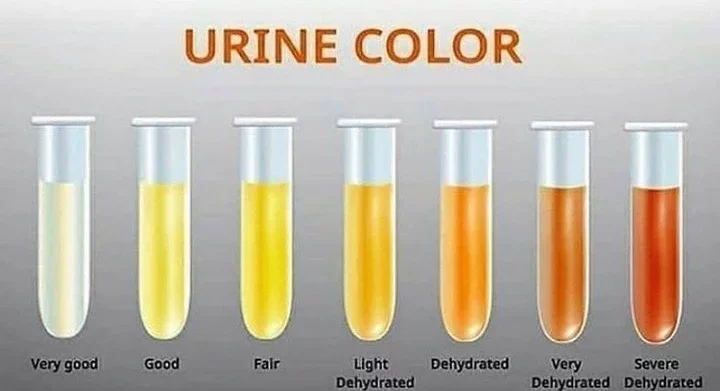
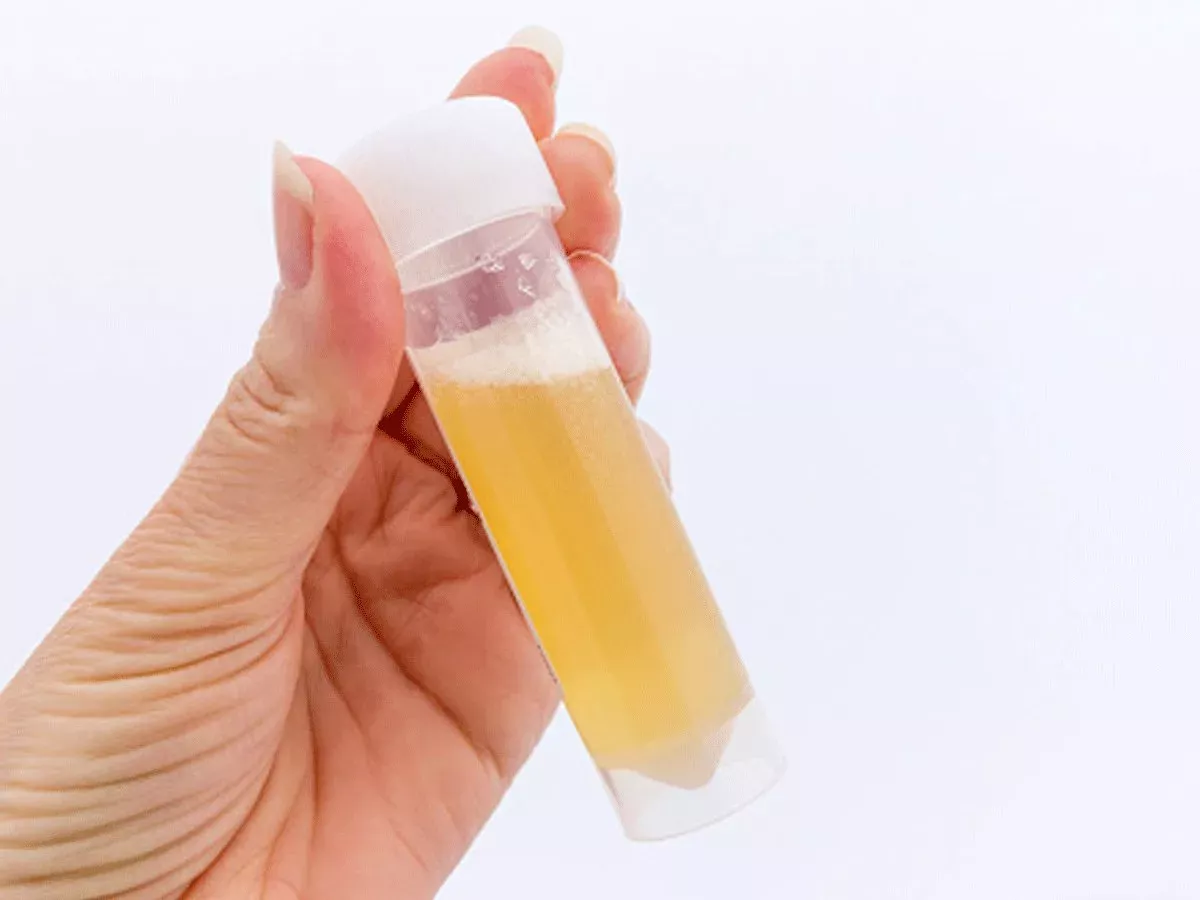
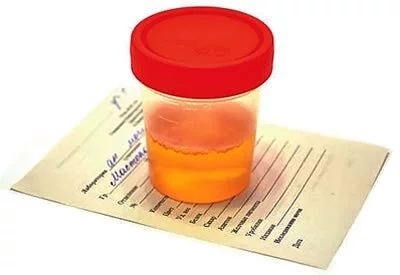


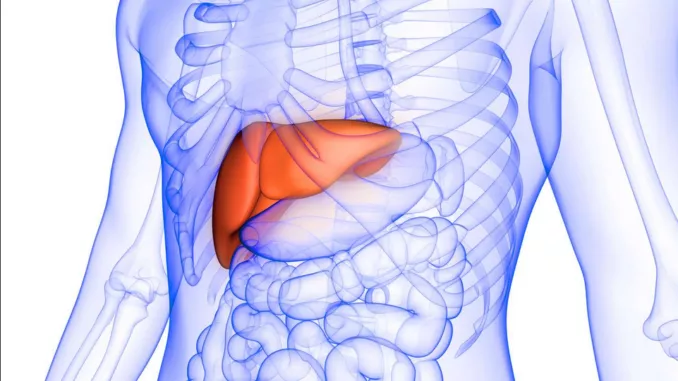
![Ranked! Top 10 goalkeepers in the world [2025] Ranked! Top 10 goalkeepers in the world [2025]](https://static.netnaija.com/i/vWaq3ZoWKrk.webp)









Comments